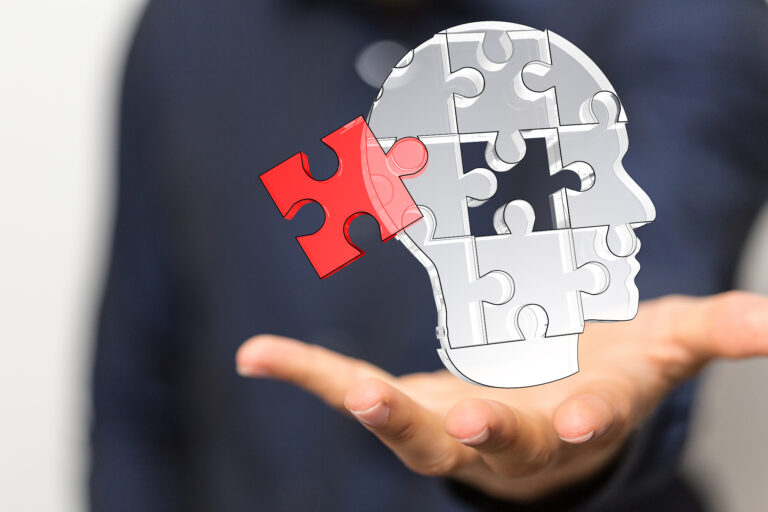Chronic infarct brain, also known as cerebral infarction, is a serious medical condition that occurs when there is a lack of blood flow to a certain area of the brain. This lack of blood flow deprives the brain cells of essential oxygen and nutrients, leading to their death. The resulting damage to the brain tissue can have long-term effects on a person’s physical and mental abilities.
Chronic infarct brain can be caused by various factors, including narrowed or blocked arteries due to atherosclerosis, blood clots, or bleeding in the brain. People with high blood pressure, diabetes, or a history of heart disease are at a higher risk of developing this condition. Symptoms of chronic infarct brain may include weakness or numbness on one side of the body, difficulty speaking or understanding speech, vision problems, and severe headaches.
Unfortunately, there is no cure for chronic infarct brain, and treatment mainly focuses on managing the symptoms and preventing further damage to the brain. The treatment approach may vary depending on the severity of the condition, the location of the affected area in the brain, and the underlying cause.
The first step in treating chronic infarct brain is to identify and address any underlying medical conditions that could be contributing to the condition. This may include controlling high blood pressure, managing diabetes, and making lifestyle changes such as quitting smoking and maintaining a healthy weight.
Medications are often prescribed to manage symptoms such as pain, muscle spasms, and seizures. Blood thinners may also be prescribed to prevent the formation of blood clots and reduce the risk of further strokes. These medications need to be carefully managed by a doctor as they can have potential side effects.
In some cases, surgery may be necessary to treat chronic infarct brain. For example, if a blood clot is causing the blockage in the brain, surgery may be performed to remove it. Another option is a surgical procedure called carotid endarterectomy, which involves removing the buildup of plaque from the carotid artery to improve blood flow to the brain.
In addition to medical interventions, rehabilitation plays a crucial role in the treatment of chronic infarct brain. Rehabilitation focuses on helping a person regain their physical and mental abilities that may have been affected by the condition. This may include physical therapy to improve motor skills and coordination, speech therapy to regain language skills, and occupational therapy to assist with daily tasks.
Along with medical treatment, there are also lifestyle changes that can be made to help manage chronic infarct brain. A healthy and balanced diet, regular exercise, and stress management techniques can all help improve overall health and potentially reduce the risk of future strokes.
It is also essential for individuals with chronic infarct brain to have a strong support system. Family and friends can provide emotional support and assist with daily tasks when needed.
In conclusion, chronic infarct brain is a serious condition that requires prompt medical attention. While there is currently no cure, treatment options and lifestyle changes can help manage symptoms and prevent further damage to the brain. With proper treatment and support, individuals living with chronic infarct brain can still lead fulfilling lives. If you or a loved one experience any symptoms of this condition, it is important to seek medical help immediately.





